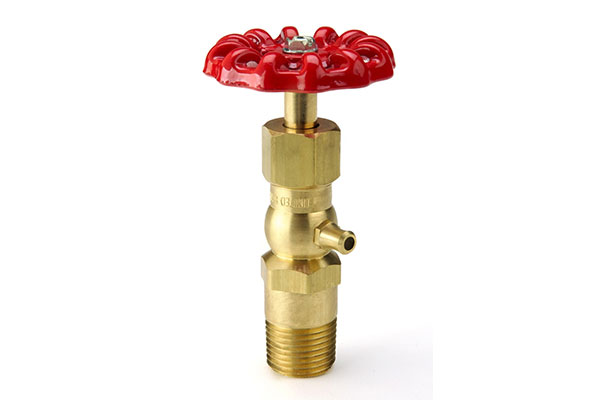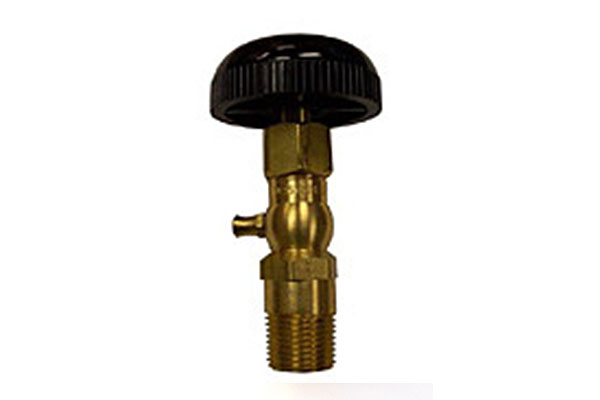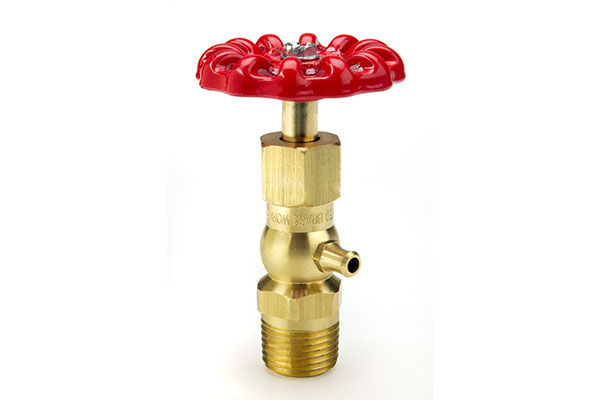Tricock Valves
A tricock valve is a small valve used to manually check the water level in a boiler or tank. It is a good alternative to a malfunctioning sight glass gauge. There may be several valves at different levels on the boiler or tank, and most often, there are three valves, which is where the name “Tricock” gets the name.
The valve has a handwheel, an inlet connection (attached to the boiler), and an outlet (usually left unconnected). The tricock valves can be left open when filling the boiler or tank. Water coming from the tricock means the tank is filled to at least that level. The valve is then closed.
Each Part of The Tricock Valve Has A Unique Purpose
- Top: opens to emit steam.
- Bottom: emits only water.
- Middle: emits both water and steam if located at the water-steam interface.
There should be an inclined drain trough below the cocks connected to a drain line extending below the floor.
This valve is designed to be used on a boiler as an indication of water level, either to check the water gauge indication or as a method of checking water level when the water gauge is inoperative. Normally, one valve is installed on the desired operating level, one just below the high water level, and, most importantly, one just above the minimum safe water level. In most full-sized boilers, the minimum level was what was considered the minimum safe level over the crown sheet.
Tri-cocks are often mounted on the boiler’s backhead but are also seen on the water column of a water gauge.
At United Brass Works, our tricocks are made of brass, which is highly ductile (crack-resistant) and corrosion-resistant. Therefore, they contain lead and are not for use in water systems intended for human consumption.
Questions About Tricock Valves?
United Brass Works provides a line of tricocks in the online catalog, including short and long shank tricocks. Click here to get specifications on the one you’re looking for. If you don’t see exactly what you need, contact us. We may be able to design a custom solution for you.
Don’t hesitate to contact one of our valve specialists by clicking here or calling 800.334.3035. United Brass Works has been making high-quality valves for over 100 years, and we’re happy to answer any of your questions.
Contact Us for High-Quality Tricock Valves
United Brass Works offers a comprehensive selection of tricock valves. Contact our team to find the ideal valve for your specific application.



